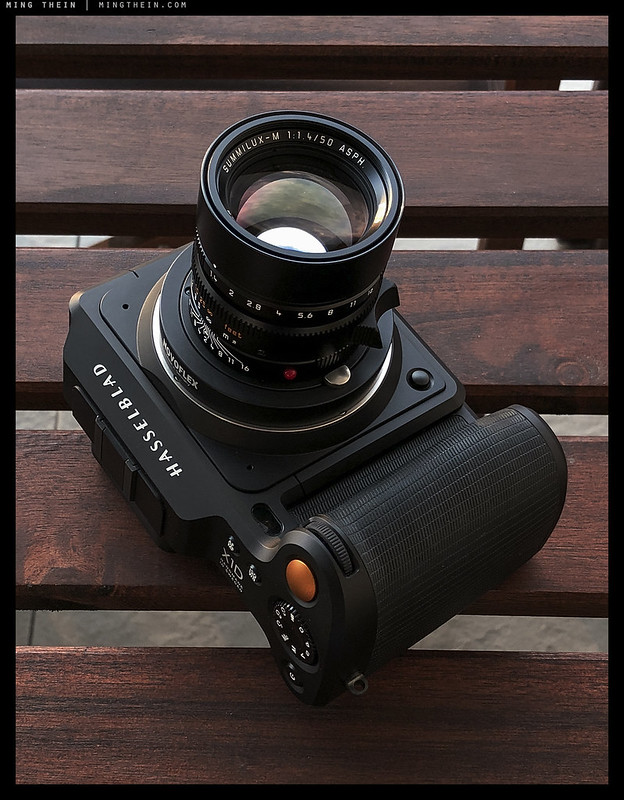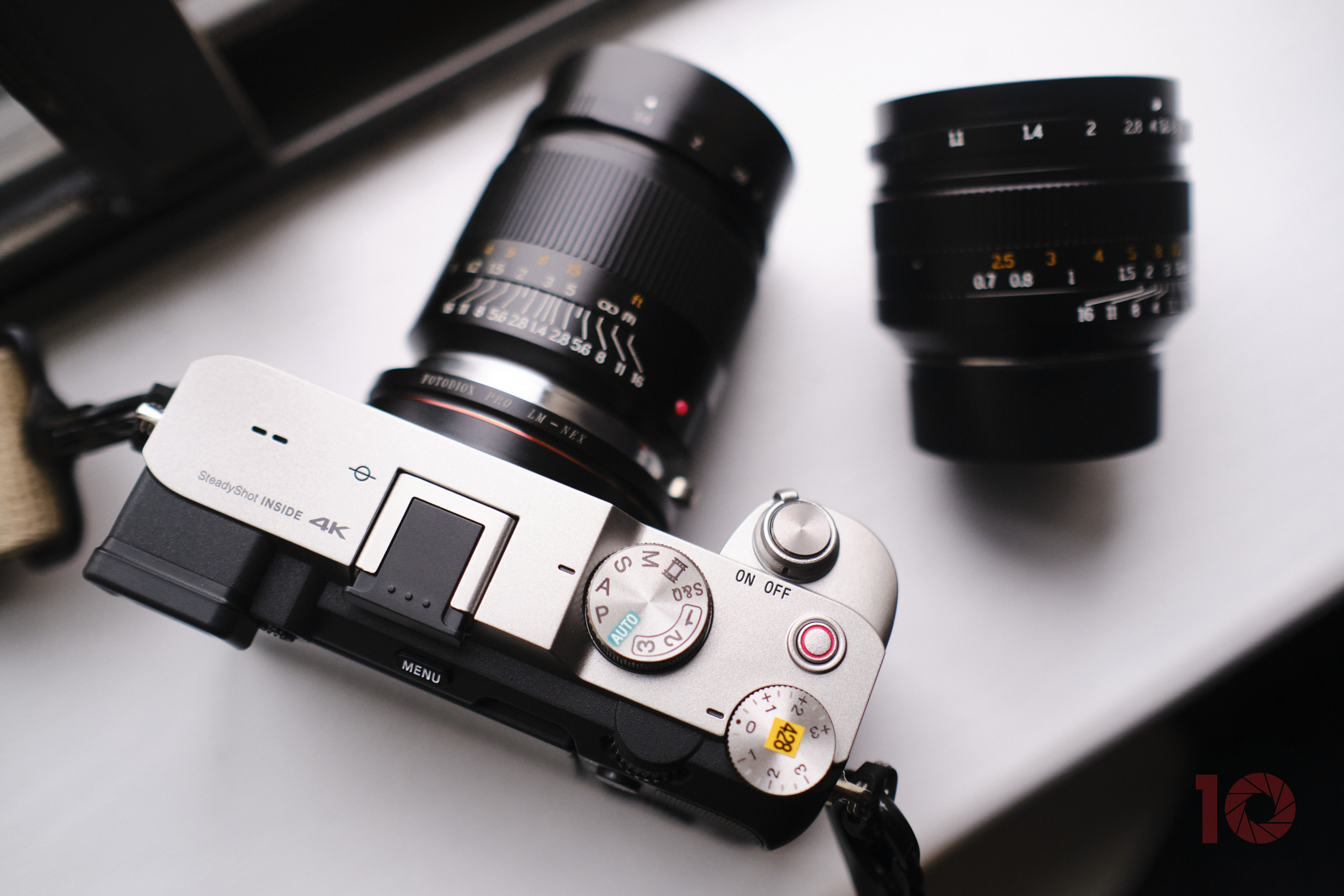

Now, Leica has a couple of other designations that are helpful to understand: “APO” and “ASPH.” In photography, lenses exhibit two types of anomalies: chromatic aberrations and spherical aberrations.Ĭhromatic aberration is an optical effect that occurs when the rays of light – and the colors transmitted there – are improperly dispersed within the optics of the lens. Again, the important part to understand is that is that the lower the f-stop – or aperture – number ( f1,4 versus f2, for example), the more light the lens can capture, all else being equal. Then, there are “Summarit” (historically f1,5 now f2,4 or f2,5), and the extremely high-speed “Noctilux” (historically f1,2 and f1 now f0,95 !). It is simply a newer Leica terminology, which began around 1979.

* The “-M” designation of these lenses means nothing for the purposes of this article. Many screw-mount lenses of all sorts work wonderfully on Leica M cameras – both analogue and digital M cameras. * For the purpose of this article and simplicity’s sake, we are treating only Leica M lenses – not screw-mount or Visoflex or other-manufacturers’ screw-mount or M-bayonet-mount lenses. Ever heard anyone say they don’t like their new Leica M lens? And they are not just good, but fantastic. Leica takes their time manufacturing lenses, which is precisely how they make the very best. And, as it happens, they are not made particularly quickly, either. They stand the test of time – visit your Leica dealer and see how well a properly maintained vintage Leica M lens performs. Each Leica lens is a little jewel in and of itself. Leica M lenses are the smallest, fastest and finest photographic lenses in the world. This maxim holds true for much in life, I think. "Do you want the job done cheap, fast or good?" a friend is fond of asking his clientele. You get used to it, and the viewfinder/rangefinder of the Leica M camera is stunningly accurate. (More on this in our upcoming article on The Leica Rangefinder.) So, when looking through the viewfinder/rangefinder of the Leica M camera – and considering the frame-lines there – what you will get when you make the photograph is actually going to be lower and to the right of the frame-lines you see in the viewfinder. This can be vexing for some photographers, but you get used to it. Just look at the front of a Leica M camera and you can plainly see that the large viewfinder window at top left is not in line at all with the actual lens – where the photo is made. The photographer frames his or her image using these frame-lines, which give an approximation of what the lens will capture. The Leica M camera viewfinder is simply a window that the photographer must use to compose the image.* Since the viewfinder is only a simple window, the Leica M camera superimposes frame-lines of various focal lengths into that window.


 0 kommentar(er)
0 kommentar(er)
